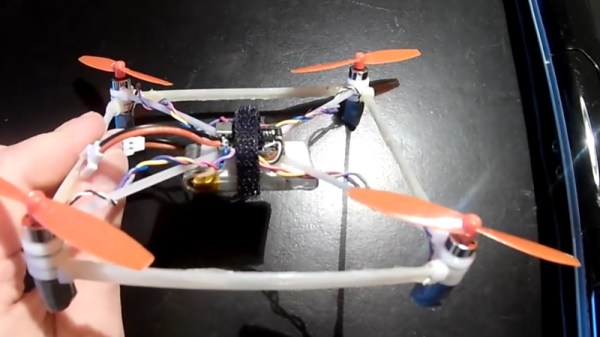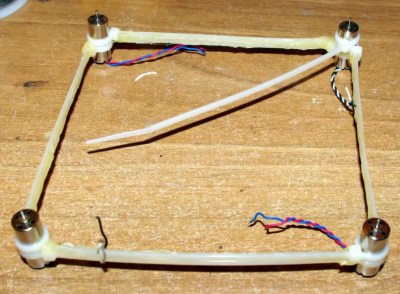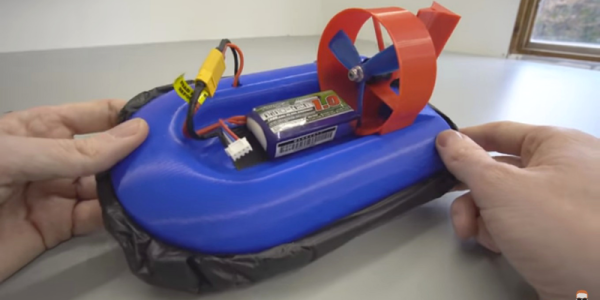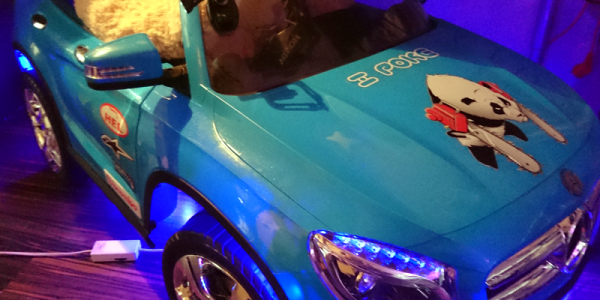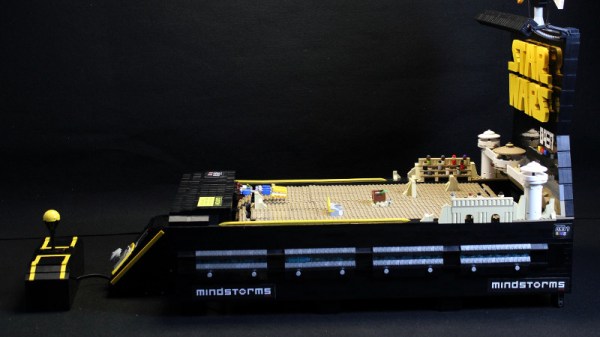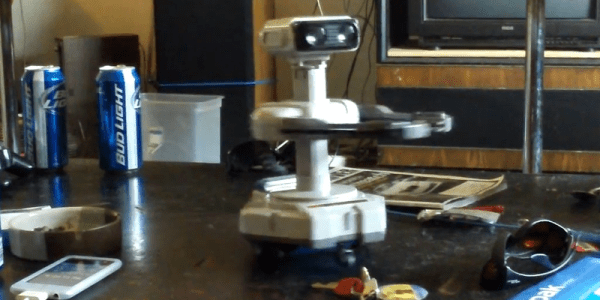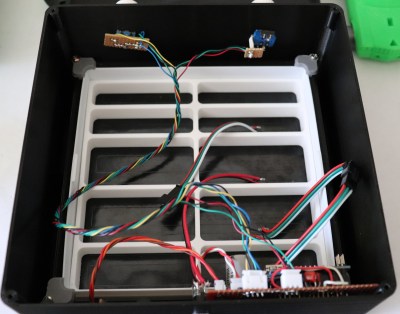What’s more fun, driving RC cars around on rugged terrain, or having a paintball battle? How about doing both at the same time by making an RC controlled, paintball firing tank? [Nate] from the King of Random YouTube channel did just that by mounting a modified paintball gun to a stripped-down RC car, adding an RC trigger to remotely fire the gun, and covering it all in EVA foam armor in the shape of a tank. And then he did it again so that he’d have someone to battle against.
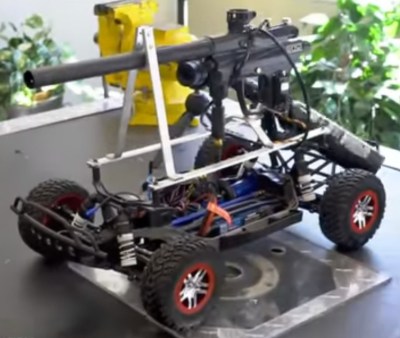
He walks through the full build in the first video below, but here are some things that stood out for us. It took some fiddling to get a servo to pull the gun trigger but how could he remotely control the servo? For that, he took over the car’s RC receiver signal for controlling audio and made it turn on and off the servo instead. We also like his use of aluminum bar. This stuff is available in the hardware section at stores like Home Depot and is easy to cut and bend. You can see it used here for mounting Wimshurst machine parts to a bicycle, and in this hack, [Nate] used it to mount the paintball gun rigidly to the car frame. He did surprise us when he used rivets instead of nuts and bolts to hold the frame together. That’s not something you see often, and it worked great.
As we said, he made two of them. In the second video below, watch the tanks in action as [Nate] and fellow YouTuber [Stuart Edge] have a tank battle in the desert.
Continue reading “RC Car Hacked Into Paintball Shooting Tank”


